There is a serious disconnect between the monetary policies as administered by the Federal Reserve Bank and the fiscal policies of the U.S. Government. The Fed is trying to manage the economy rather than manage the impact of its biggest component, the US Government, which is about 38% of GNP (Gross National Product). The U.S. Government may be only 38% of the economy, but it eats up a disproportionate amount of the market capital and has a negative influence on productivity. Its goals are not growth and profit, but rather, growth at the expense of the profits of the other 62% of the economy.
We currently see the Federal Reserve Bank trying to manage the U.S. rate of inflation through deflating economic demand by driving up interest rates in hopes of driving down the inflation rate to a 2% target. Both these factors will increase the current U.S Government budget deficit even more. Meanwhile the U.S. Government’s spending is ignoring its most serious problem, the trillion-dollar shortfalls in the available revenue stream to finance its annual budget. This is our fiscal policy, and it is the main (but not only) cause for the inflation the Fed is currently trying to manage. This situation is economic lunacy. It reflects a disconnect between the U.S. Government’s fiscal policy and the Fed’s monetary policy. Left to continue, current projected deficits will soon create a financial crisis triggered by overwhelming government debt service costs driving fiscal policy out of control.
How about a reality check whereby the Fed monetary policy is brought in-sync with government fiscal policy. We have the Fed to implement a policy of maintaining a moveable inflation target which will devalue the national debt and increase government tax revenues sufficiently so that the percentage of the national debt does not exceed 100% of the national GDP. This change has the effect of shrinking the current value of the national debt by 4% a year and increasing the government’s revenues because taxes are imposed on the nominal value of income which benefits from the increased nominal profits being taxed. With inflation, corporate profits rise nominally because corporate costs rise more slowly than revenues since much of their costs are fixed or semi-fixed. Workers suffer because pay increases lag the inflation rate but they also end up paying more in nominal taxes because, again, tax rates are fixed. Real economic growth will of course suffer but, that becomes the motivation or pressure for a more balanced fiscal policy.
In keeping with D. C. naming practices, you could even title this policy change “National Debt Management” since we all know that this is currently out of control. By way of example if implemented today, this would mean the Federal Reserve Bank currently should be shooting for about a 4% rather than a 2% inflation rate. And as luck would have it, that appears to be where we presently are.
If we already had such a policy the current inflation would never have gotten so high since this policy would have been a continuous effort that kicked in sooner based on current information rather than long range projections and guesswork. My advice to the Fed is, stop the digging which is making the national debt hole bigger. Focus on something you can actually do well rather than being blamed for not being magicians. Don’t tie yourself for a dubious 2% inflation target which you at first couldn’t achieve for years on end and now can’t achieve without a recession.
Read the full article here


